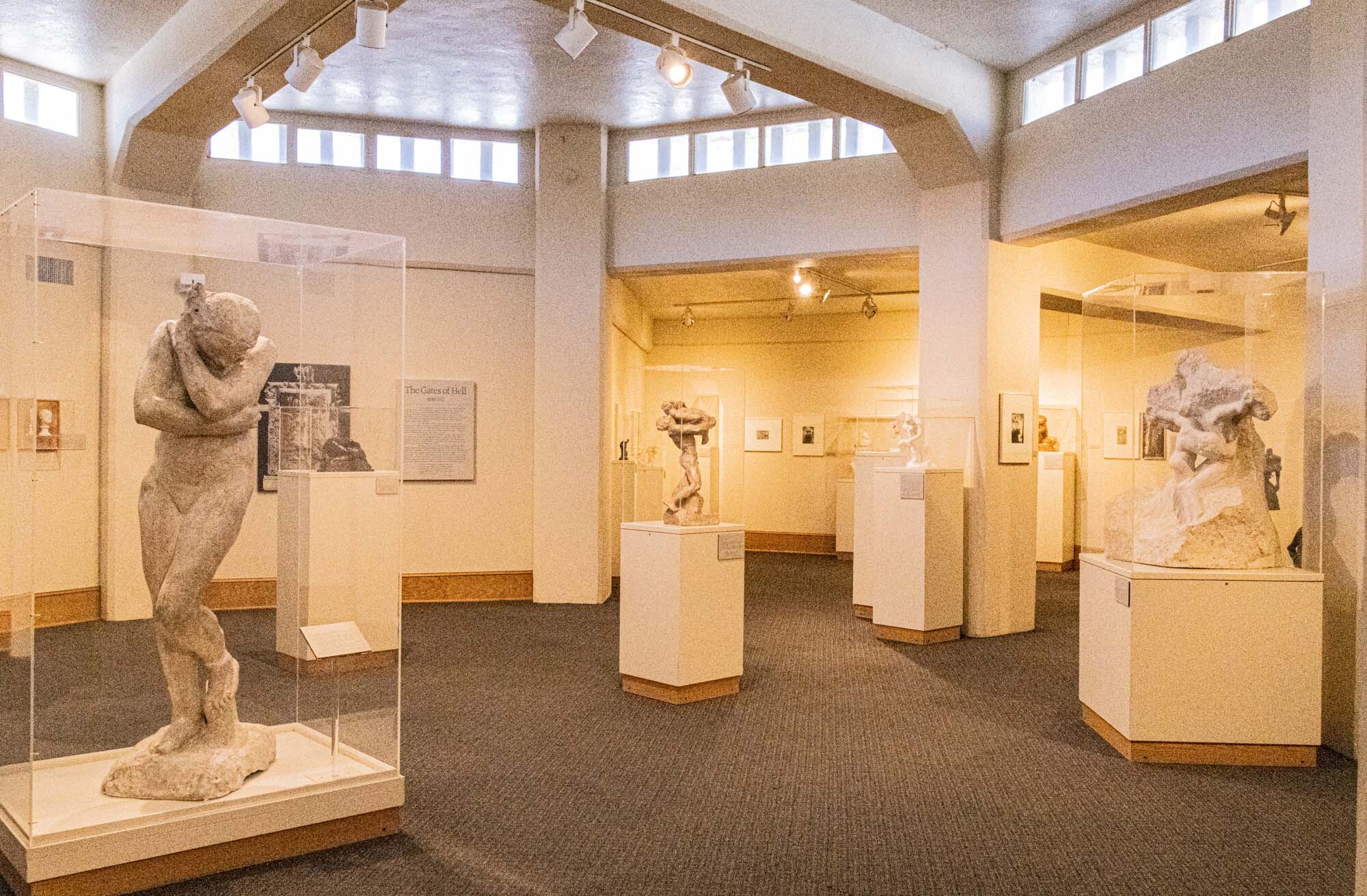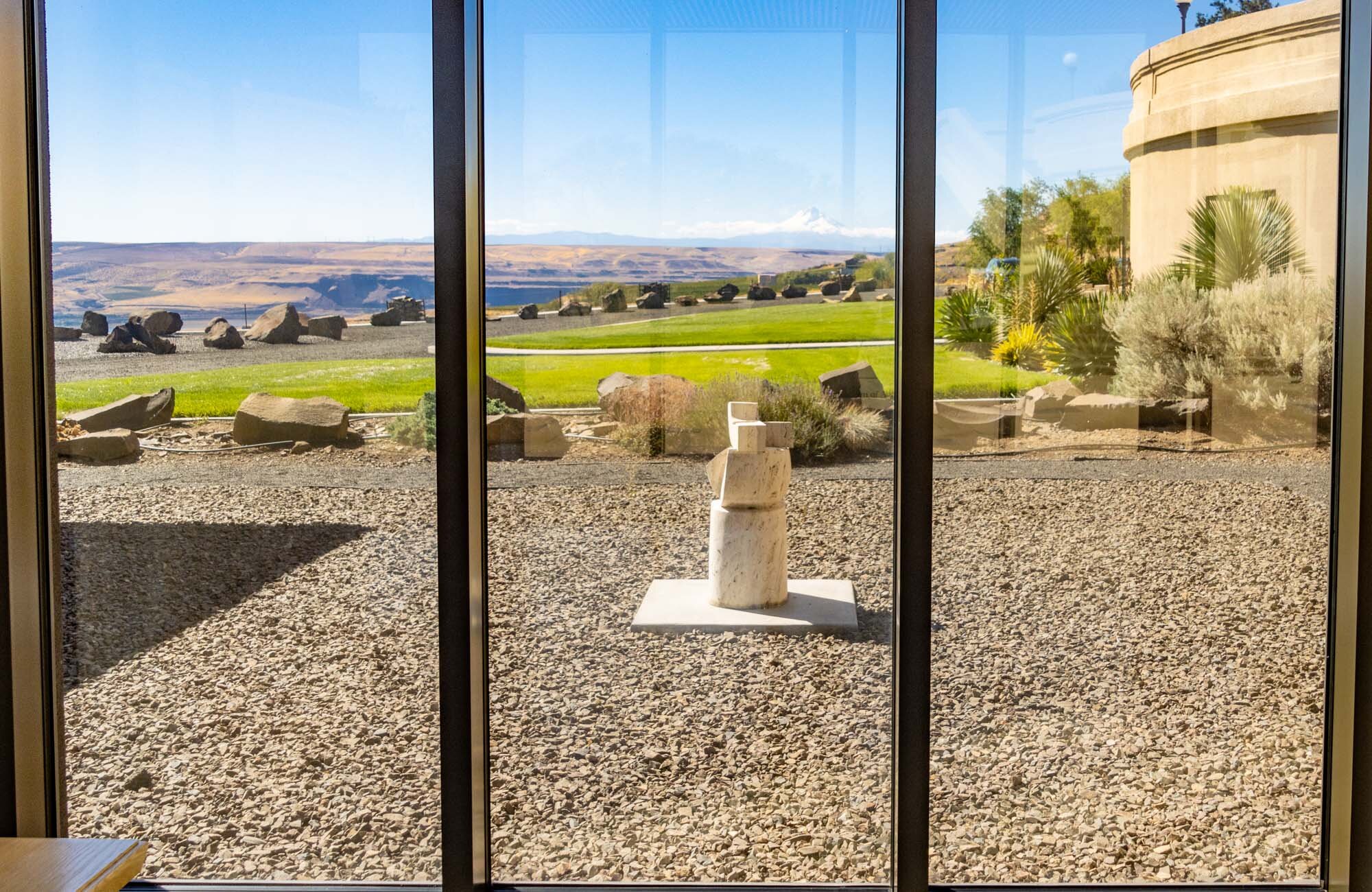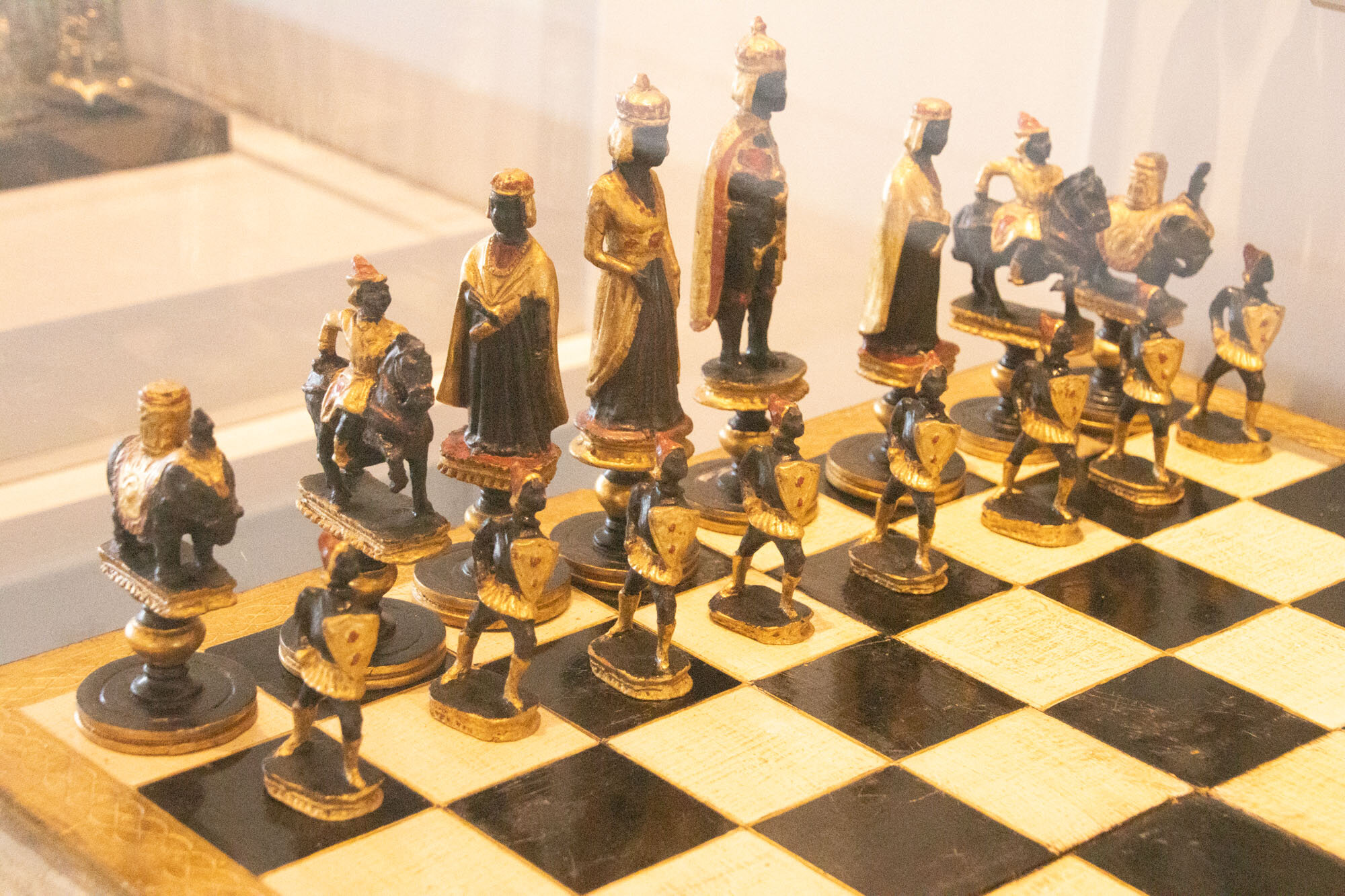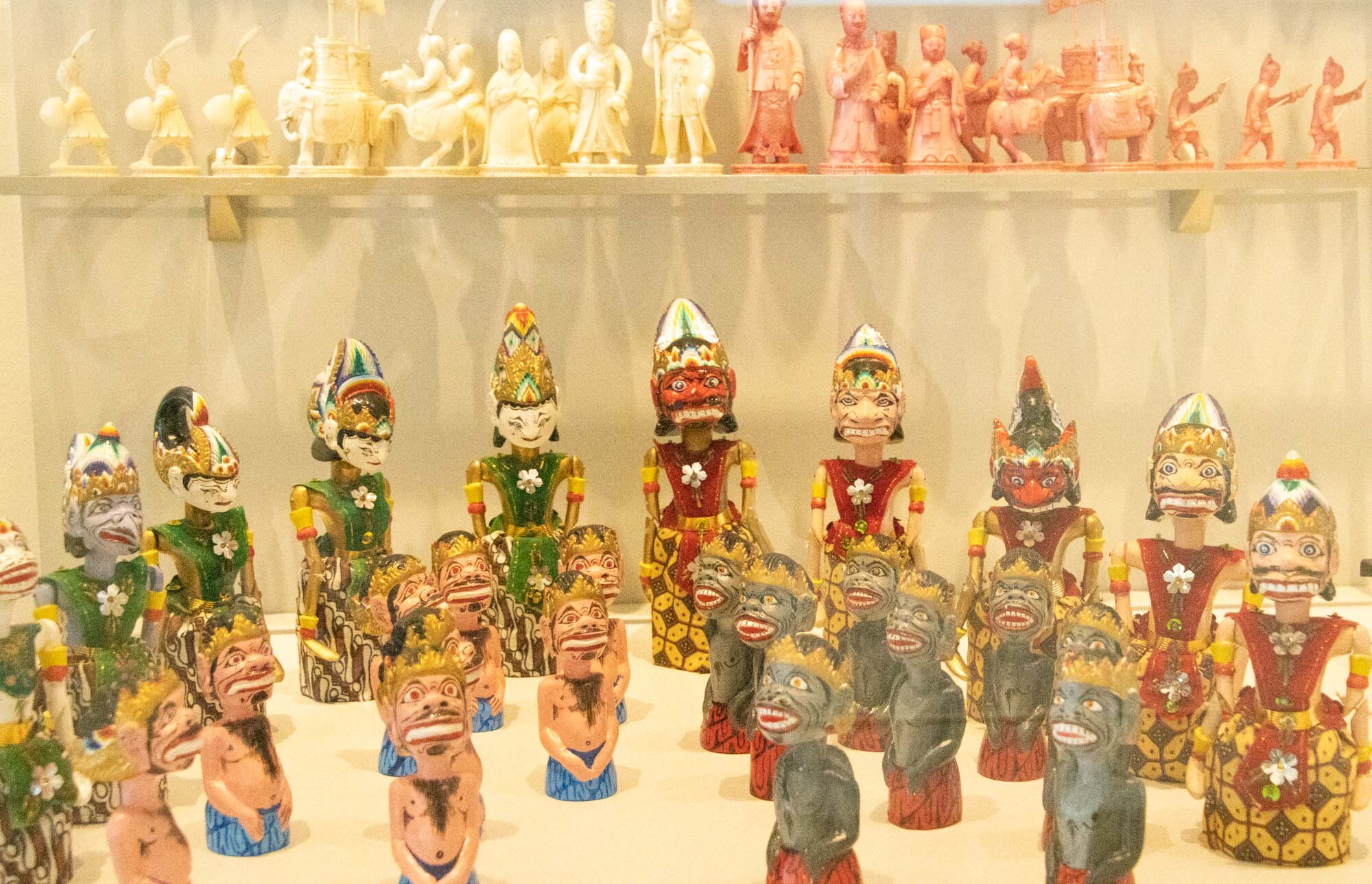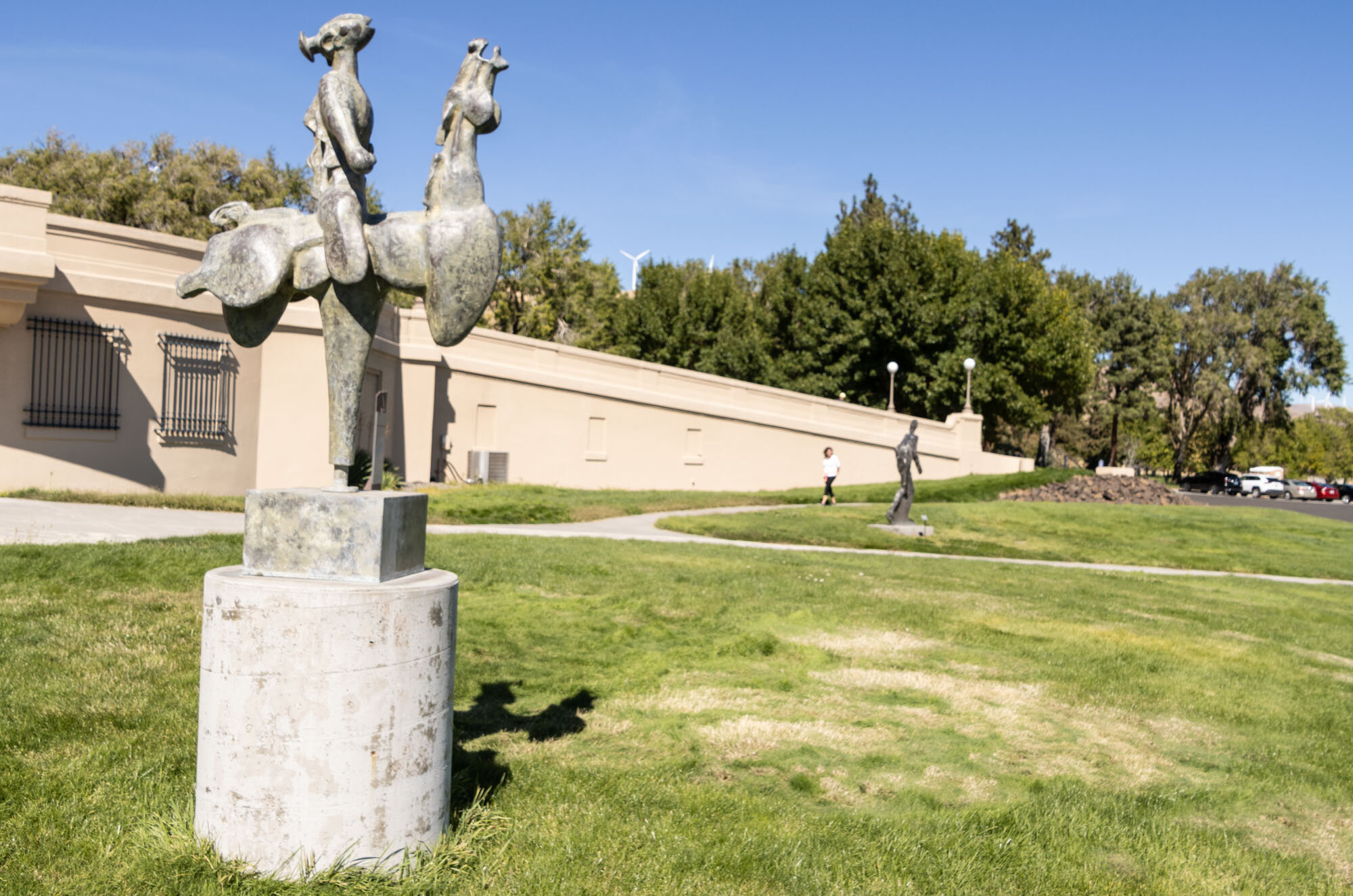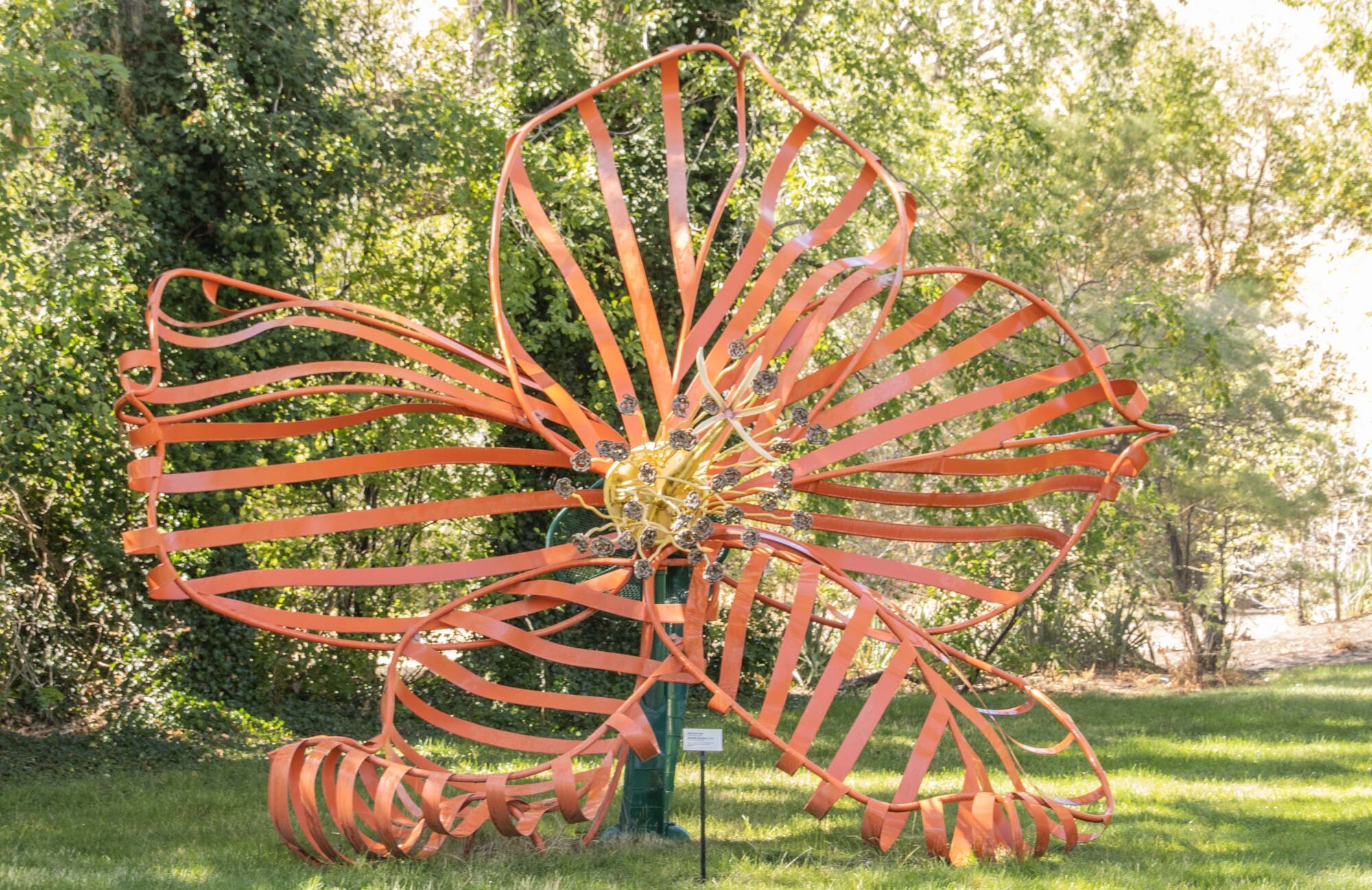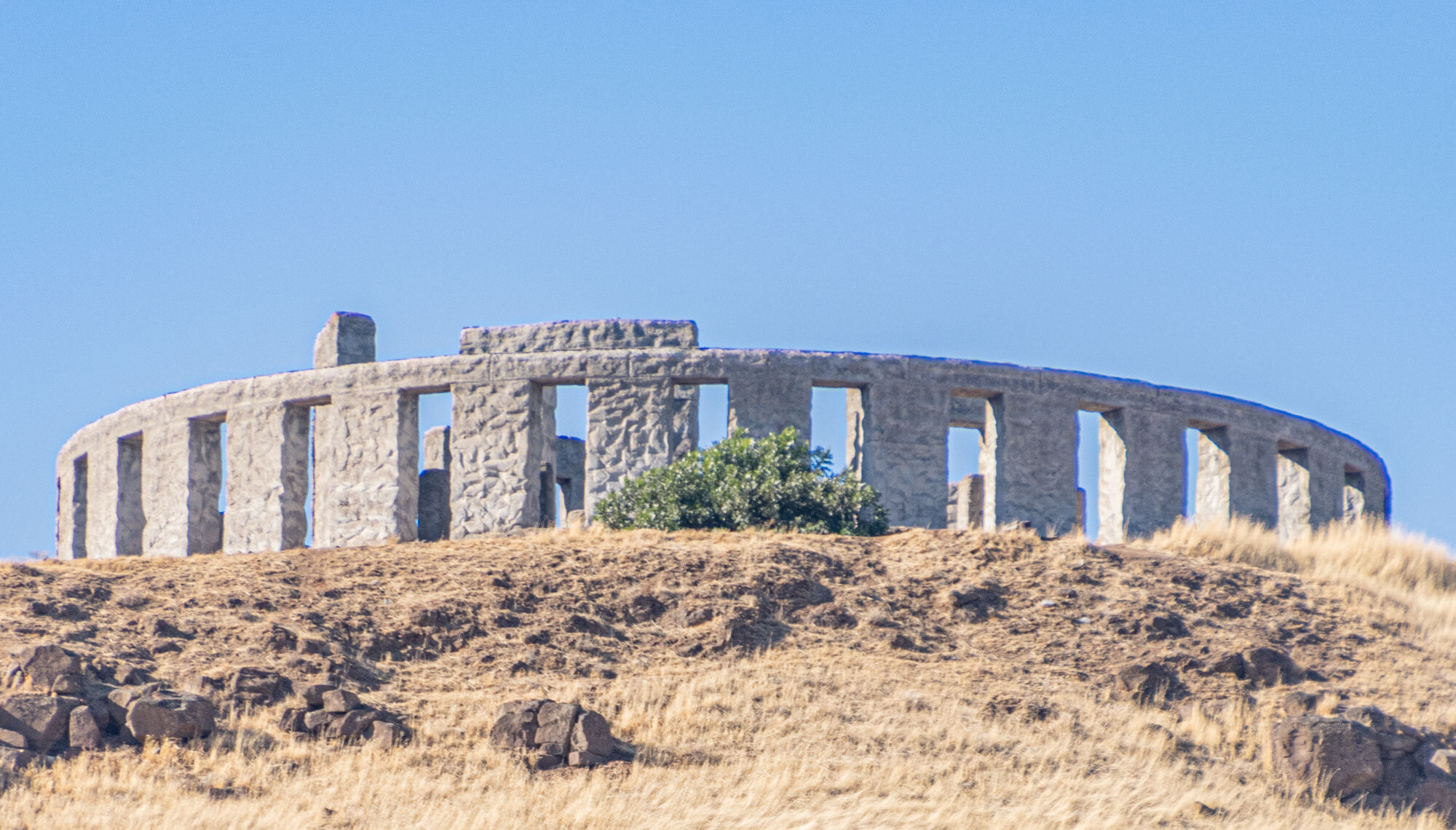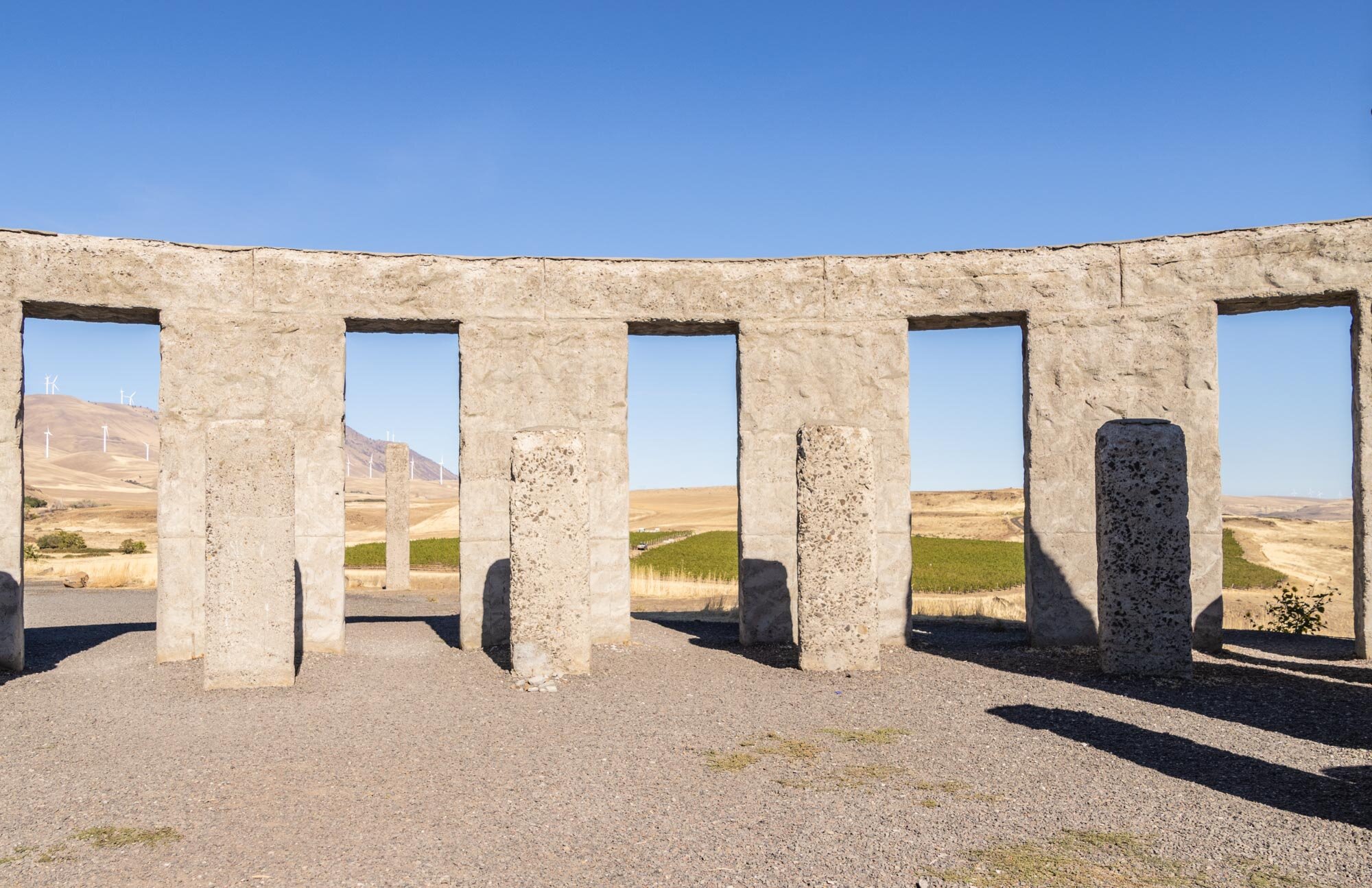Maryhill at Columbia River Gorge
There are multiple visions of the Columbia River Gorge. The history doesn’t change but its location and its environmental characteristics fully impact the way it displays itself.
From the Pacific Ocean to the Bridge of the Gods, the Gorge has a temperate rain forest, getting as much as 110 inches of rain annually. In the western region as the weather system moves east the air rises and cools, releasing moisture in the form of rain or snow. Traveling east from there the climate becomes increasingly drier, receiving less than 10-15 inches a year by the time it extends past Maryhill, developing a rain shadow. Also, the atmospheric pressure changes from west to east causes high winds in the west, making it a very popular place for windsurfing. Since 2006, over 700 wind turbines have been constructed along the Columbia Hills which will generate over 1200 megawatts of energy, providing power for 300,000 homes by the time the project is completed.
All of this creates the perfect environment for vineyards to thrive, and that’s exactly what has happened. In 2004 after years of development, Columbia Gorge was designated as its own AVA – American Viticultural Area. As an AVA, federal regulations require that 85 percent or more of its wine is derived from grapes grown within its boundaries and that the wine is fully finished within the state or one of the states in which the AVA is located. The Columbia Gorge AYA is located in both Washington and Oregon.
Sam Hill
Maryhill, one of the gems of this area, is an unincorporated community, named after a regional icon, Sam Hill, and his wife and daughter both Mary. Within the community we explored the Maryhill Art Museum and its sculpture garden, a replica of Stonehenge, the Lewis and Clark native garden, and of course the Maryhill Winery.
Sam Hill came to the Pacific Northwest with big dreams. He began to build a home on the bank of the Columbia River, hoping that his family would move there with him from Minnesota. Unfortunately ,they did not relocate and he never lived in the house which later became the Maryhill Museum of Art. Hill was a pioneer in the world of road construction, attempting to get the Washington State legislature to approve the first paved road along the Columbia River Gorge. That attempt failed, but the Hill brought his message to Oregon where it was approved and built heartily.
In 1907 Sam Hill convinced and supported the University of Washington to establish a chair of Highway Engineering, the first in the country. He was also the benefactor of the Peace Arch at the border of the US and Canada. He is known for many important accomplishments, however, he is NOT the figure referred to in the expression “What the Sam Hill”.
Maryhill Museum of Art
The museum was finally opened in 1940, years after Sam Hill’s 1931 death, by Alma de Bretteville Spreckles the wife of a friend of Hill. The building sits on 26 acres, just a portion of its 5300 acre grounds. Its contents are eclectic, including an assortment of items from Hill’s good friend Queen Marie of Romania, an amazing collection of chess sets from around the world, a large assortment of Native American artifacts, and one of the largest collections of Auguste Rodin’s sculptures. I found the museum to be one of the most unique and enjoyable ones I’ve visited, and its most beautiful setting overlooking the Columbia River Gorge made it an exceptionally worthwhile destination.
Also on the grounds and part of the museum is the William and Catherine Dickson Sculpture Park, a permanent outdoor sculpture garden containing pieces from some of the Pacific Northwest’s best-known artists. The sculptures are scattered around the building, the gardens and the lawns and picnic areas stimulating one’s curiosity while strolling around the acreage.
Beyond the far end of the parking lot is the Lewis and Clark Overlook with expansive views of the Gorge, vineyards, and Mount Hood in the distance. Adjacent to the overlook are the Native Plant Gardens featuring plants collected by Lewis and Clark’s Corps of Discovery during their 1805-1806 trek. Interpretive panels, scattered throughout the garden, describe Maryhill’s history. An art fence, created by a local artist and incorporates historic wrought iron originally owned by Sam Hill, invites visitors to the Windy Flats Viewpoint.
Stonehenge
Three miles east of the Maryhill Museum of Art stands a a full-scale replica of Stonehenge, the prehistoric monument in England. Maryhill’s Stonehenge was built by Sam Hill as a monument to heroism and peace, memorializing the servicemen of Klickitat County, Washington who died in the service of their country during World War I. Each of the large concrete stones inside the perimeter of the monument contains a plaque with the name of one of the servicemen. When built, the structure was aligned to the astronomical horizon rather than the midsummer sunrise at the original Stonehenge.
We completed our visit to Maryhill with lunch at the Maryhill Winery and a drive through some of its back roads. It is a fully agricultural area but also contains several buildings that reminded us of how long the community has been part of the Columbia River Gorge region.






